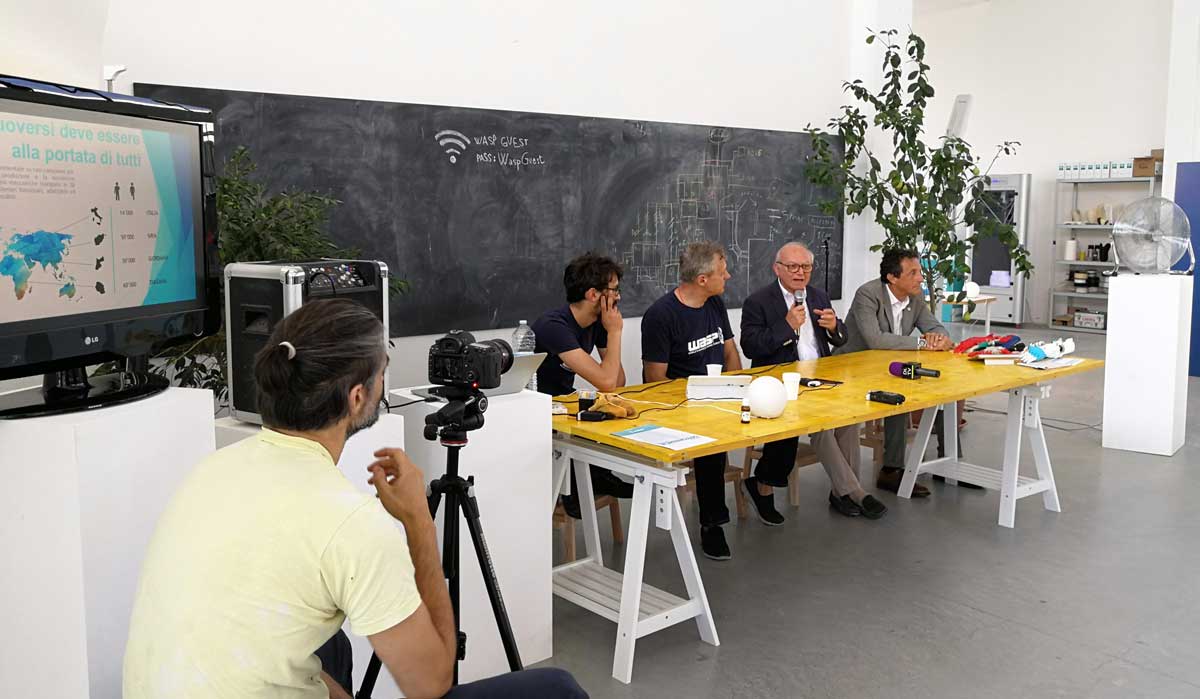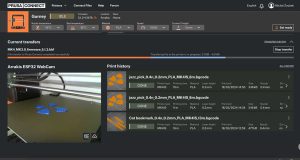The Italian 3D printers supplier, which has always collaborated with experts and players in the biomedical field, since 2017, has decided to devote part of its research only to this sector. Now, after one year of hard work, WASP launches the Digital Orthopedic laboratory, a complete system to move digital manufacturing to orthopedics too.
The system consists of a column scanner for body-data-acquisition, a workstation to design the aids and control the machines, two 3D-printers to realize the aids and innovative materials studied on purpose and tested by WASP for the biomedical sector.
WASP 4C Bust Scanner
The WASP scanner arises from the need to have a quick and efficient system for acquiring the chest needed for the further aid – creation. The existing solutions on the market were either slow and complex, or excessively expensive compared to an unnecessary resolution. The four lenses coordinated by the dedicated software, allow a fast acquisition (> 6 sec) with sufficient resolution for the needs.
WASP Workstation
A powerful and versatile WASP workstation is included to connect the whole system. Inside you’ll find the software for scanner control and for slicing. Also a selection of open-source tools commonly used for modeling.
DeltaWASP 2040 TURBO2 & DeltaWASP 4070 Industrial
Obviously, as heart of the system, the two DeltaWASPs that ,quickly and in high quality, print the pieces to be made. The machines are equipped with all the most advanced WASP systems, from automatic systems for a no-stop printing, up to the wi-fi interface.
WASP MED materials line
The ecletic material choise of WASP printers is expressed to its maximum in the biomedical field. A choice among 10 different materials covers all the orthopedics needs . From medical polypropylene to carbon nylon, from antibacterial TPU to ABS.
Advantages of a digital system
Saving time and resources in the acquisition of the molds, no waste problem. Archives and databases creation for further and future control of similar clinical cases .
Almost unlimited intervention in the design of the aids and in their corrections.
Workings without waste and reduced labor on the single piece. Possibility to combine digital instruments with traditional techniques
Collaborations
The research path includes the works with Dr. Lelio Leoncini and his orthopedic polypropylene corsets, the research on the implantable cranial prostheses of the neurosurgeon Villiam Dallolio, the experience with various orthopedics in the realization of silicone cosmetic prostheses and sockets.
Subscribe to our Newsletter
3DPResso is a weekly newsletter that links to the most exciting global stories from the 3D printing and additive manufacturing industry.




























